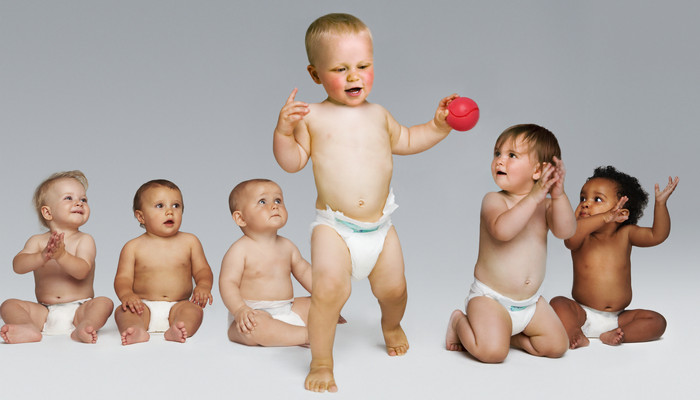A British study has shown a direct correlation between early life movement and bone strength. Babies who walk by the time they reach 18 months may have stronger bones by the time they are teenagers, according to researchers from the University of Bristol and the Manchester Metropolitan University. Early stage walking allows a child to develop stronger bones later in life, allowing the child to run and jump better, especially when they became teenagers.
The research study analyzed 2,327 participants. They began their assessment when the participants were 18 months old and again when they were 17. The study measured the participants’ shin and hip bones shapes, density, and sizes. “The findings [provided a link] that how we move as a young child can have ramifications for our bone strength even 16 years later,” said lead researcher Dr. Alex Ireland. “We believe that stronger muscles could act as a ‘marker’ for this,” Ireland said. “Being more active gives you stronger muscles, which can then apply bigger forces to the bones as we walk, run or jump, helping to strengthen bones as we grow older.”
The British study also found that babies who started to walk earlier in life developed larger muscles. Having larger muscles could make these children more likely to participate in physical activities and sports as they get older. Children’s bones keep growing throughout childhood and they grow the fastest in early life and when children go through puberty. The bones keep getting denser until the body reaches its peak bone mass, between 18 and 25 years old. Physical activities such as running, jumping, and walking puts additional stress on the bones, which can make them thicker, wider, and eventually stronger, as reported in the research study.
